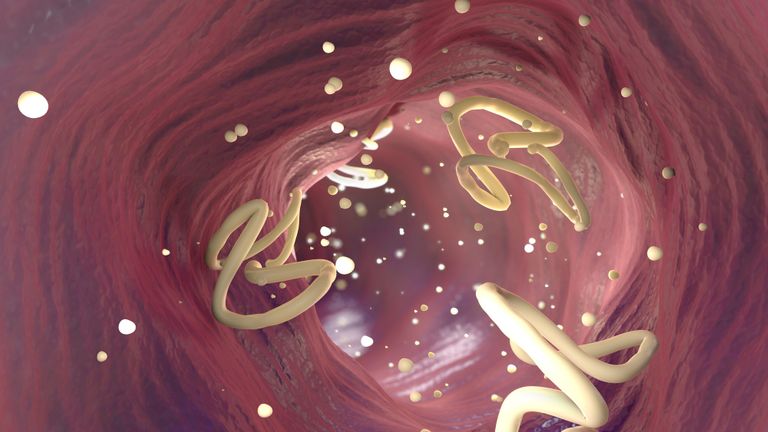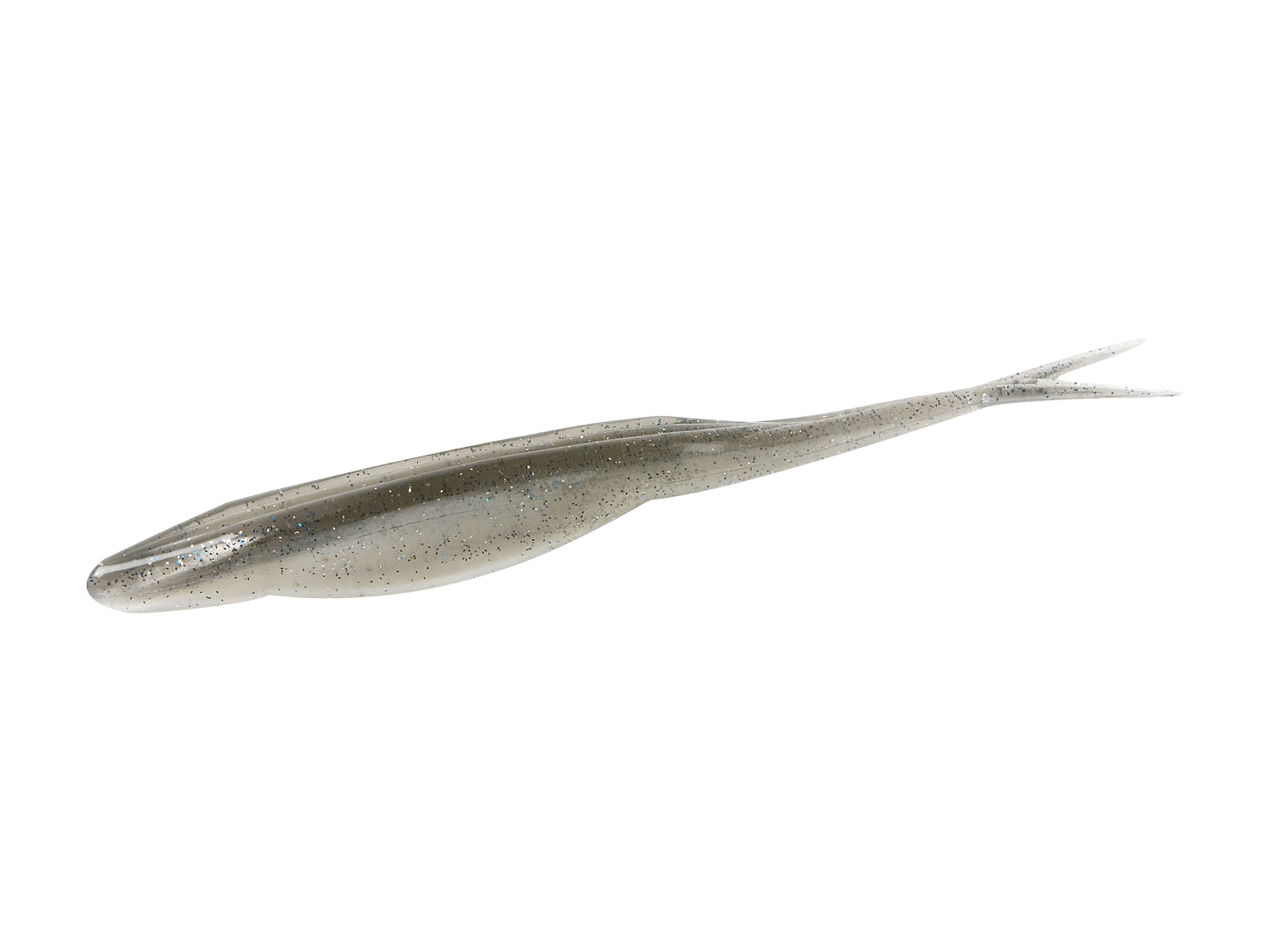
The adult parasites reside in the intrahepatic bile ducts, produce eggs, and the eggs are passed in the host's feces. This species is a common parasite of sheep and cattle and, therefore, relatively easy to obtain. The fluke creates a tissue capsule in the lungs creating a dry cough and occasionally pleurisy.įasciola hepatica the common name of the "sheep liver fluke" and is somewhat misleading since this parasite is found in animals other than sheep (including cattle and humans), and the parasite resides in the bile ducts inside the liver rather than the liver itself. The lung fluke is most commonly found in Asia, South America and Africa where infested crab meat is eaten. The bile ducts are damaged by the spindloid fluke infestation. Spindloid flukes are ingested by eating raw or undercooked fish. The liver is the primary organ damaged by this group of trematodes. Liver flukes are found in all parts of the world and are contracted by eating undercooked watercress. This group of flukes lives in the human small intestine. The giant intestinal fluke is common to southeast and central Asia and enters the body by eating infected water chestnuts.
#Fluke worm skin
The trematode enters through an opening in the skin and then lives in the human's lungs, heart and circulation system. The blood fluke is found in Africa and the Far East and currently infects approximately 250 million people. Most trematodes are simultaneous hermaphrodites, having both male and female organs. As in other flatworms, there is no anus, and waste material must be egested through the mouth. The mouth is located at the forward end of the animal. Their most distinctive external feature is the presence of two suckers, one close to the mouth, and the other on the underside of the animal. Repeated mass treatment, providing potable water, sanitation, education on hygiene and snail control can help control and eventually eliminate this disease.Varied trematodes, are flattened oval or worm-like animals, usually no more than a few centimetres in length, although species as small as 1 millimetre (0.039 in) and as large as 7 metres (23 ft) are known. Treatment is available to eliminate the flat worm, but cannot undo the damage from the eggs. The impact of this disease is second only to malaria as the most devastating parasitic disease. 700 million people live in areas where this disease is found. Schistosomiasis affects about 240 million people worldwide and is estimated to be responsible for over 200,000 deaths each year in sub-Sahara Africa. Untreated infections lead to enlarged liver, abdominal pain, anemia, blood in the urine or feces, trouble passing urine and an increased risk of bladder cancer. More eggs trapped in the body leads to more symptoms and more severe disease. Unfortunately, continual exposure to infected waters causes repeated infections. Symptoms usually start one to two months after exposure and include: an itchy rash, bloody urine or diarrhea, stomach pain, or fever and chills. If the eggs don’t make it out of the body, the body’s reaction to these eggs causes the injury and damage characteristic of this disease. If these eggs get into a river or lake, with the right snails, they can complete their cycle and eventually infect another person entering the water. The female produces eggs that are released in the person’s urine or feces. The same cycle between humans, water and snails, except with this blood fluke, the larval stage does not die, but continues to move through the body, and eventually mature into adult male and female worms in the blood vessels near the intestines or kidneys. In Africa, the Caribbean, the Middle East and Southeast Asia, a closely related flatworm or “blood fluke” causes schistosomiasis (also known as Bilharzia). The rash goes away without treatment and symptoms are most commonly treated with topical creams or lotions. People can be exposed when swimming or wading in the shallow, marshy parts of the water where the snails are found. This itchy rash is caused by an allergic reaction to the tiny larval stage of the worm burrowing into your skin and then dying.



Once inside the snail, they reproduce and then leave the snail in search of a bird… or an unsuspecting swimmer. The worm lay eggs, the eggs of the worm get into the feces and drop into the water, hatch and then search for a snail to infect. Swimmer’s itch or cercarial dermatitis, is a rash caused by a tiny parasitic flatworm of birds that can occur in lakes and ponds throughout Arizona. You may remember that at the end of May, Maricopa County Department of Public Health warned us about avoiding swimmer’s itch by not wading along the shorelines of some of our lakes.


 0 kommentar(er)
0 kommentar(er)
